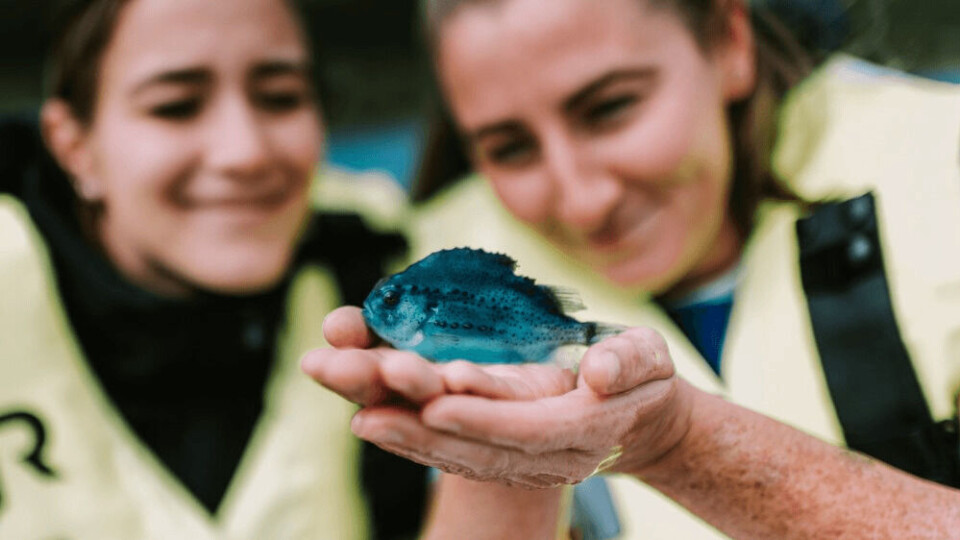
New lumpfish feed ‘eliminates diet-related cataracts’, says BioMar
BioMar has produced a new feed which it says eliminates the problem of diet-related cataracts in lumpfish, which are used in fish farms to eat lice off salmon.
A cataract is the clouding of the lens of the eye which reduces vision and in serious cases will lead to blindness. Lumpfish are visual lice grazers, and any impairment of their vision caused by sub-optimal nutrition will reduce their health, welfare and performance.
For lumpfish to be used effectively in controlling salmon lice biologically the cleaner fish must be healthy and alert.

Lower protein content
“Lumpfish with severe cataracts will have difficulty in identifying and consuming nutrients, including salmon lice. Also, a reduction in feed uptake can undermine the general health of the fish, increasing the risk of infectious disease,” said BioMar’s global R&D health manager, Elisabeth Aasum, in a press release.
In a recently-completed controlled feed study, BioMar found a high incidence of cataracts in lumpfish fed a control feed with a protein and fat content typical for marine cold-water species. The incidences ranged from 60% to 100% with an average cataract score of > 5, in other words a high incidence of severe cataracts.
BioMar conducted the same study on three alternative fish feed diets and no traces of cataracts were found in any of the groups fed on these diets. The common feature of these recipes was a reduction in the content of both protein and fat when compared with the control feed. Much of the cause accordingly appears to coincide with the above findings, the company said.
Enhanced delousing capacity
Torunn Forberg, the lead BioMar scientist on the research project, said: “A balanced reduction in nutrient density was decisive in avoiding the eye disease. Moreover, during the study, the reduction in nutrients did not have any negative affect on normal growth rates, feed utilisation and survival rates for transfer-sized fish at 50g.”
BioMar said it had now implemented this new knowledge in its Symbio, Lumpfish Grower range, which is designed to improve the nutritional status and now also the eye health of lumpfish.
It said it expects that the effectiveness of the new recipe will be measurable in the form of an enhanced delousing capability.























































